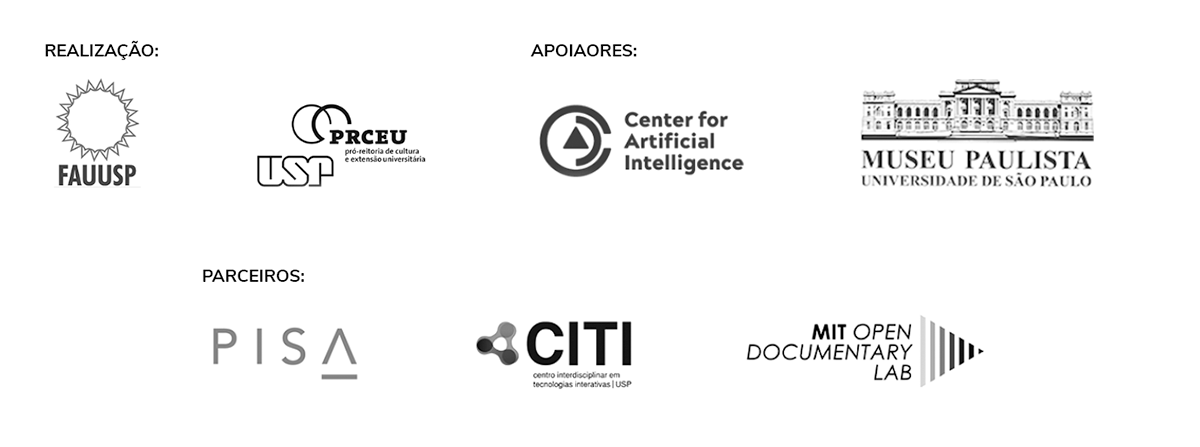Anchieta: a Jesuit in Franciscan robes for Praça da Sé!
Texto: Paula Janovitch. Modelagem 3D: Nathan Lavansdoski Menegon, Laura Sayuri de Haro. Pós-Produção: Luís Felipe Abbud, João Generoso Gonzales.
In 1954, with the celebrations of the IV Centenary of the Foundation of São Paulo, the Sul-América Group donated a monument to the city in honor of Father José de Anchieta. The monument by the Italian sculptor Heitor Usai became the target of questioning throughout several City Council sessions in 1954, amidst the discussions that took place regarding the selection of symbols and narratives about the foundation of the city of São Paulo in its IV Centenary.
Debates over the monument ranged from its aesthetic design – the priest’s robes looked more like a Franciscan with a Jesuit head – to criticism of the images depicted on the pedestal – such as the ‘Paz de Iperoig’ which, in the eyes of the Portuguese colony, could be interpreted as an anti-Portuguese action. To the representatives of the Portuguese community, the image depicted on the pedestal of Father Anchieta seemed to show him trying to protect the indigenous from the bad colonizers. As a background to these debates in the City Council around the monument to Anchieta, the place where the work would be installed, Praça da Sé, was in itself a geographic monument that symbolized the center of the city of São Paulo, its Marco Zero [Zero Milestone] (1934).
This territory would give the image of Anchieta a unique relevance in the foundation of the village of Piratininga, which for some critics of the work could lead to interpretations that Father Anchieta was the only great figure in the history of the foundation of the city.
During the suspension of the statue’s installation, another proposal emerged in the City Council sessions for the donation of a collective monument of Portuguese immigrants and descendants. For the critics of Anchieta, this would be much more credible in relation to the foundation of the city and its installation near the Zero Milestone. However, the project proposed by this group was still on paper and ended up losing to the monument to Anchieta, which was already complete.
On December 9, 1954, the community and authorities participated in the inauguration of the monument in Praça da Sé, with its back to the Cathedral, close to the Zero Milestone and surrounding the Pateo do Colégio. To ease the tension and contemplate all of those present, Anchieta was inaugurated with the inscription ‘Father Anchieta, Apostle of Brazil,’ without mention of his relevance to the founding of the city so as not to create more conflict.
The Monument to the Founders of São Paulo (1963), suggested by the Portuguese community as the best narrative of the founding of the city in 1954, was installed years later, in 1963, in Praça Clóvis Bevilacqua, close to Praça da Sé. But in the 1970s, due to subway construction (Sé Station), the monumental complex was removed and re-installed on Manoel da Nóbrega Street, where it still stands today.
References
- Michelli Cristine Scapol Monteiro (2019). Uma trajetória sinuosa: o Museu Paulista e as apropriações da Fundação de São Paulo, de Oscar Pereira da Silva, Anais Museu Paulista, vol.27.
- Atas da Câmara Municipal de São Paulo (1954). ‘Anchieta ou Nóbrega?’
- Fátima Antunes. Dep. de Patrimônio Histórico de São Paulo. Artigo ‘Padre Anchieta, Apóstolo do Brasil.’
- Obras de Arte em Logradouros Públicos de São Paulo, Regional Vila Mariana, Registros 16, PMSP/SMC. 1993
- O Estado de São Paulo, 24/jun./1954.





